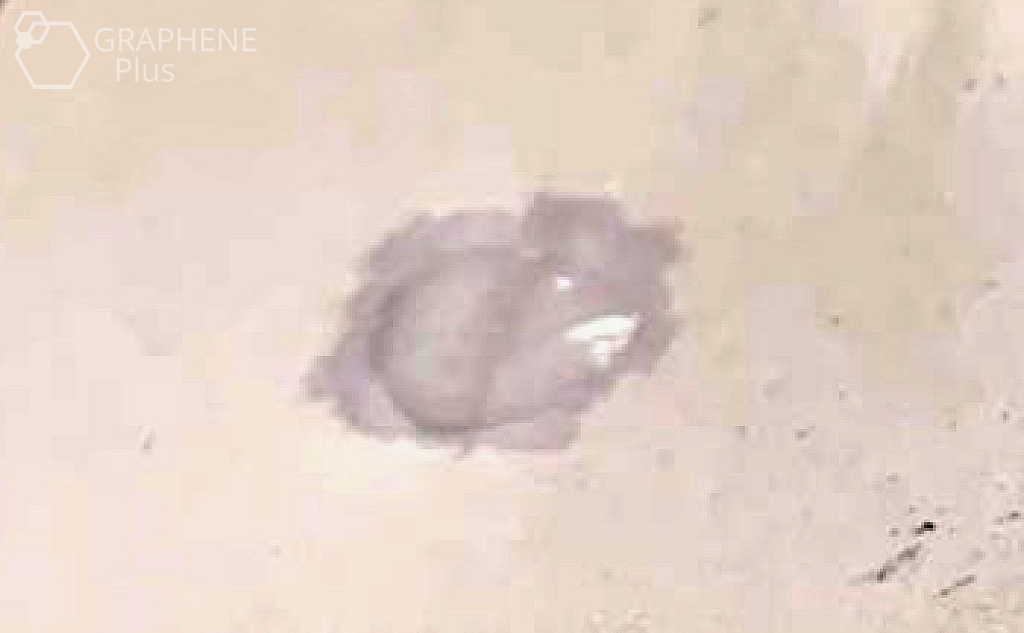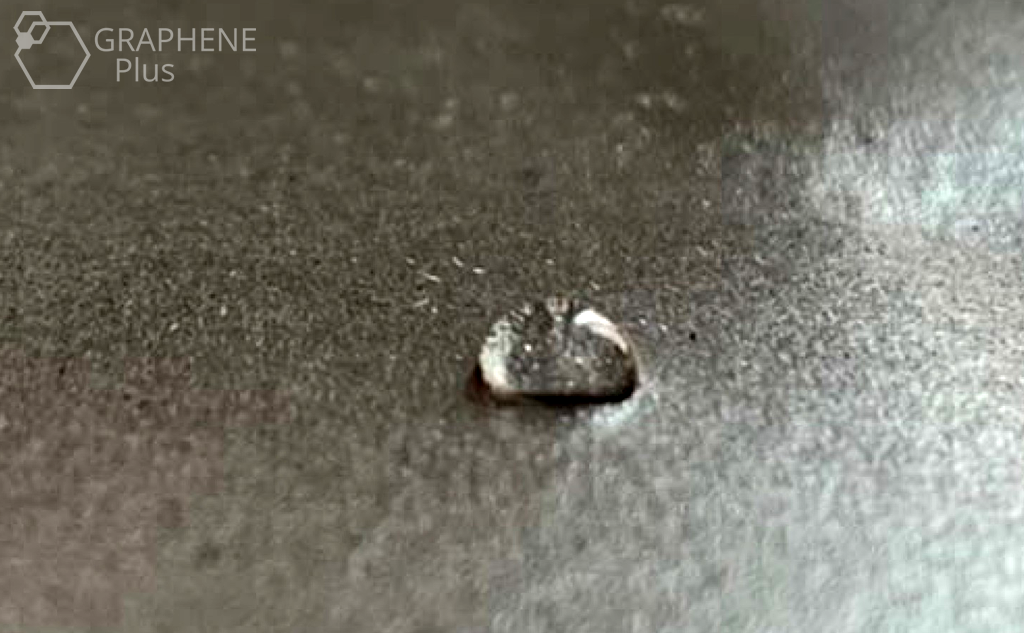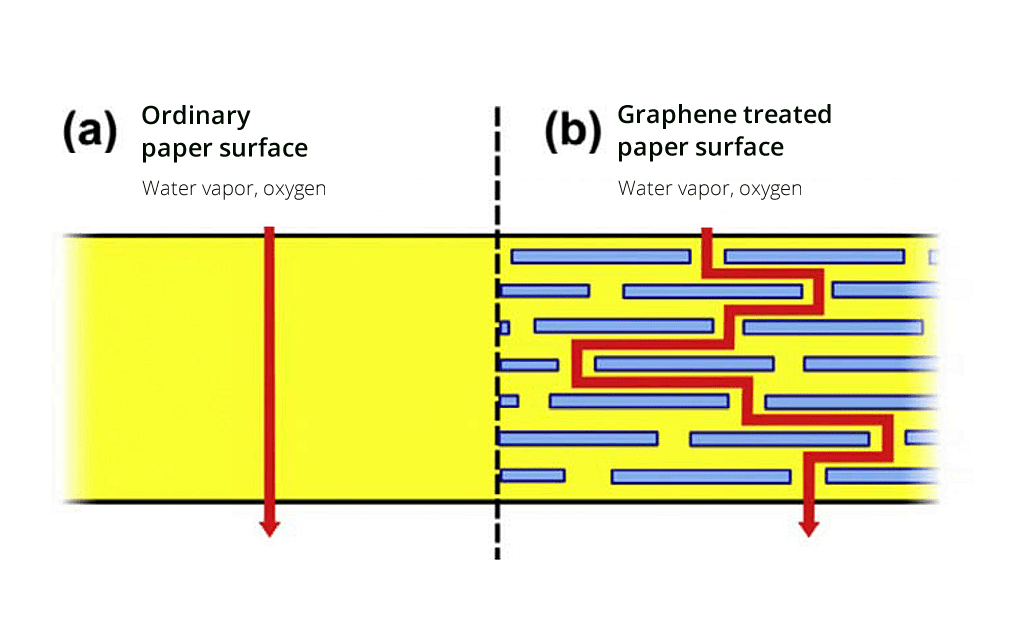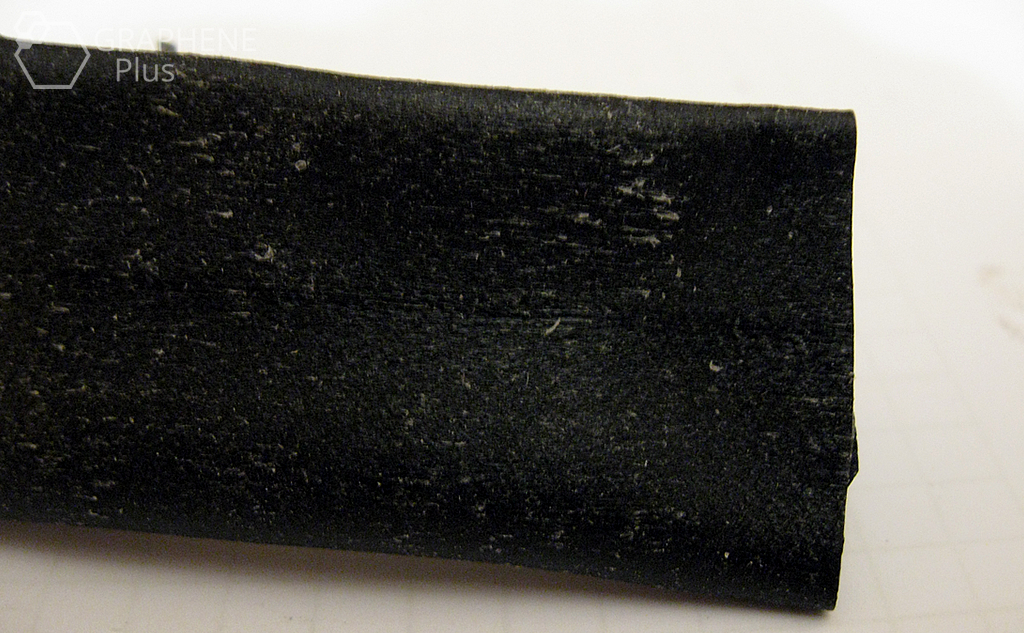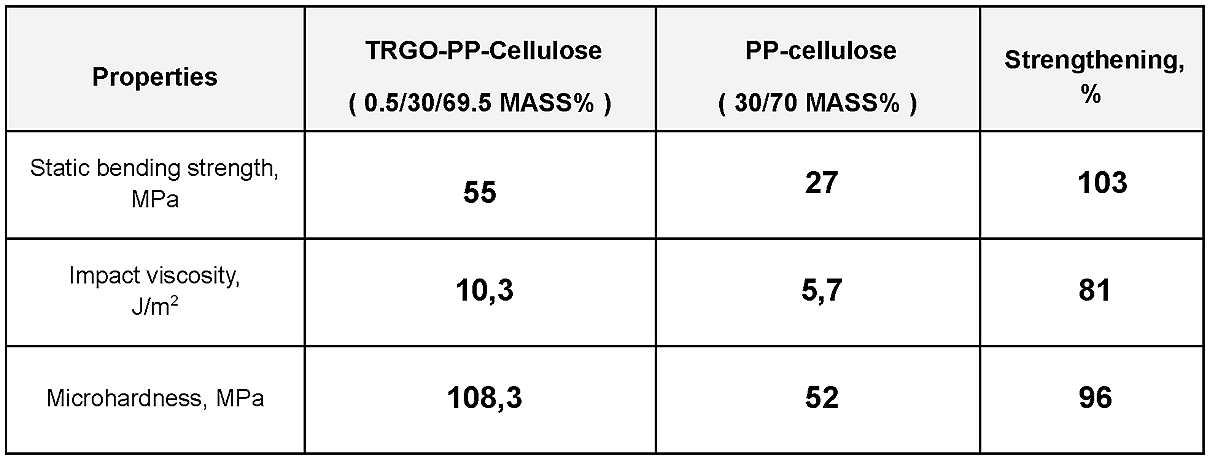Food storage is a global problem. One of the options for solving the problems of food storage can be the use of nanomaterials in the manufacture of packaging.
Graphene Plus specialists study the possibilities of using graphene oxide in the manufacture of food packaging and already have certain positive results that can be applied in practice.
Nowadays, the food storage task is often solved by adding preservatives – substances that suppress the reproduction of microorganisms and microflora. Such substances usually impair the taste and nutritional value of the product and reduce its quality. Antimicrobial resistance of preservative compounds is also a problem since new strains of microbes are insensitive to known drugs. An alternative to preservatives is creation of a local environment (packaging) in which the growth of microorganisms will be difficult or impossible.
In recent years, in comparison with vacuum packaging and packaging containing a modified gas environment, more and more attention is paid to the creation of active packaging from multicomponent materials.
Active packaging is the result of an innovative approach to packaging design. The term “active packaging” means the inclusion of additives to packaging materials for increase of the shelf life of the packaged product. This direction of research attracts a lot of attention since the addition of graphene oxide not into the food product, but to the shell matrix allows to prolong the action of the additive. This ensures the required concentration of the additive on the protective shell surface, which is in direct contact with the food product. An important advantage of “active” packages is that due to the immobilization of additives, their migration into the food product is minimized.
Multi-component materials not only extend shelf life but are also capable of:
Targeting product properties
In this case, biologically active materials are used for the manufacture of the package, including compositions with immobilized enzymes that are tightly retained in the matrix of polymer material;
Protect food from microbial exposure
In this case, the shelf life of the products is extended.
Create an optimal gas environment inside the shell due to the barrier function
Ordinary paper packaging allows water molecules to pass through easily. The introduction of a small amount of graphene creates a reliable barrier to water vapor.
Graphene has significant potential in creating alternative, environmentally friendly packaging. Graphene can act as a barrier to oxygen and moisture and has both conductivity for anti-static packaging and rigidity for increasing the strength of the packaging. Also, graphene can serve as an effective matrix for the introduction of necessary food additives. Specifically, graphene improves food packaging properties in five key areas:
- Ensuring microbiological safety of food products, extending their shelf life without changing quality indicators. Graphene nanostructures have an antibacterial effect (Pang et al. Nanoscale Research Letters (2017)), which is caused by mechanical disruption of the bacterial cell membrane (Li J, Wang G, et al. Sci Rep (2014)) and charge transfer in the nanostructure-cell system ( Tu Y, Lv M, et al. Nat Nanotechnol (2013)).
- Making materials thinner and stronger is an easy way to reduce the amount of plastic in a package. This can be achieved by using nanocomposites for food packaging, with their high mechanical strength, as well as the barrier properties of graphene to increase product protection.
- Creation of selective barriers. Water vapor permeability in such materials is reduced by 87%, and oxygen permeability is reduced by two orders in magnitude in both dry and humid conditions. The excellent barrier properties of the new material are explained by the compact lamellar microstructure of the composite and the high hydrophobicity of the reduced graphene oxide film; and, finally, by creating a long and tortuous diffuse path for water and oxygen molecules that 1500 times more thick than the graphene barrier.
- While the main function of most food packaging is to form a barrier to oxygen and moisture, some foods, such as meat and fruits, must be able to release gases during transport and storage. For example, holes in a package are often used to allow the fruit to release ethylene. In these cases, a careful balance of the permeability of different gases may be required, and 2D graphene materials can be used to design packaging with selective barriers that allow some gases to enter while blocking others.
- Improving the barrier performance of biodegradable materials. There are many materials with good quality barrier properties, but they are generally not biodegradable. The biodegradability of plastics or cellulose can be improved by adding graphene to achieve a high level of barrier performance in the compost product. The use of biodegradable packaging is also possible outside the food sector for single-use packaging, the use of which poses an environmental problem.
Surface treatment with thermally reduced graphene oxide
Graphene Plus specialists have developed methods for surface treatment with thermally reduced graphene oxide to create superhydrophobic coatings, improve the barrier properties and strength of packaging materials.
Graphene-reinforced polypropylene-cellulose bionanocomposites
Graphene Plus specialists have developed bionanocomposites based on cellulose-graphene-polypropylene (PP) for biodegradable packaging systems, which have good elastic, electrical, and mechanical properties.
The inclusion of graphene in the cellulose – PP matrix not only gives biodegradability and improved mechanical properties to graphene (TRGO) –PP – cellulose composite materials. Due to the presence of active oxygen, TRGO improves adhesion between non-polar hydrophobic polypropylene and hydrophilic cellulose, which simplifies the process of making composites. Bionanocomposites based on cellulose — TRGO — PP have good gas / water / light barrier properties.
COOPERATION
Our company is engaged in developments in the field of industrial applications of carbon nanomaterials, creates new products based on graphene and fullerene, and performs research and implementation into technological processes of industrial enterprises on order. Interested?

